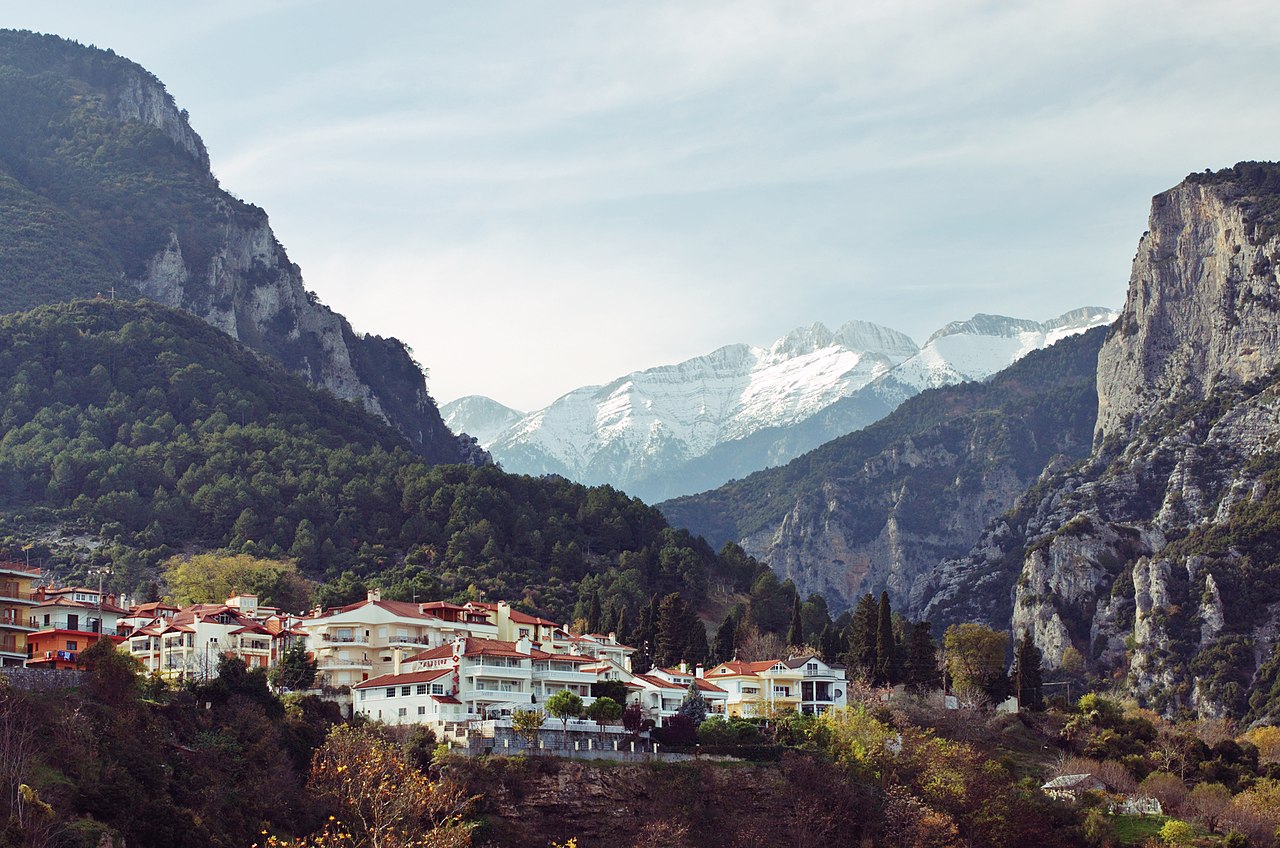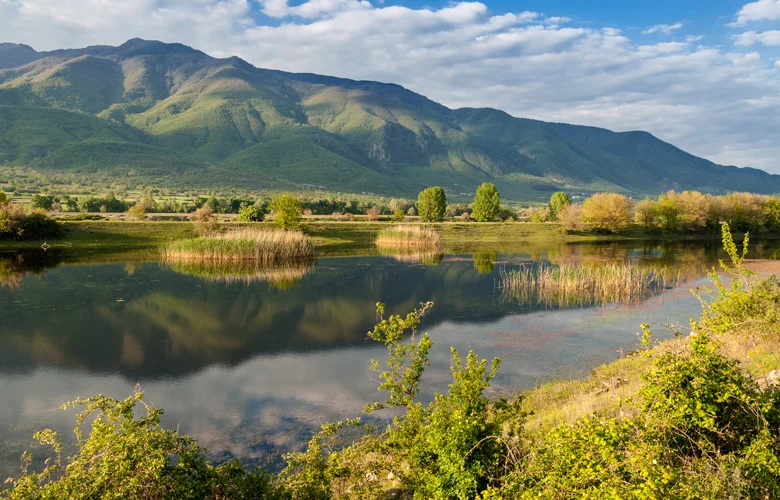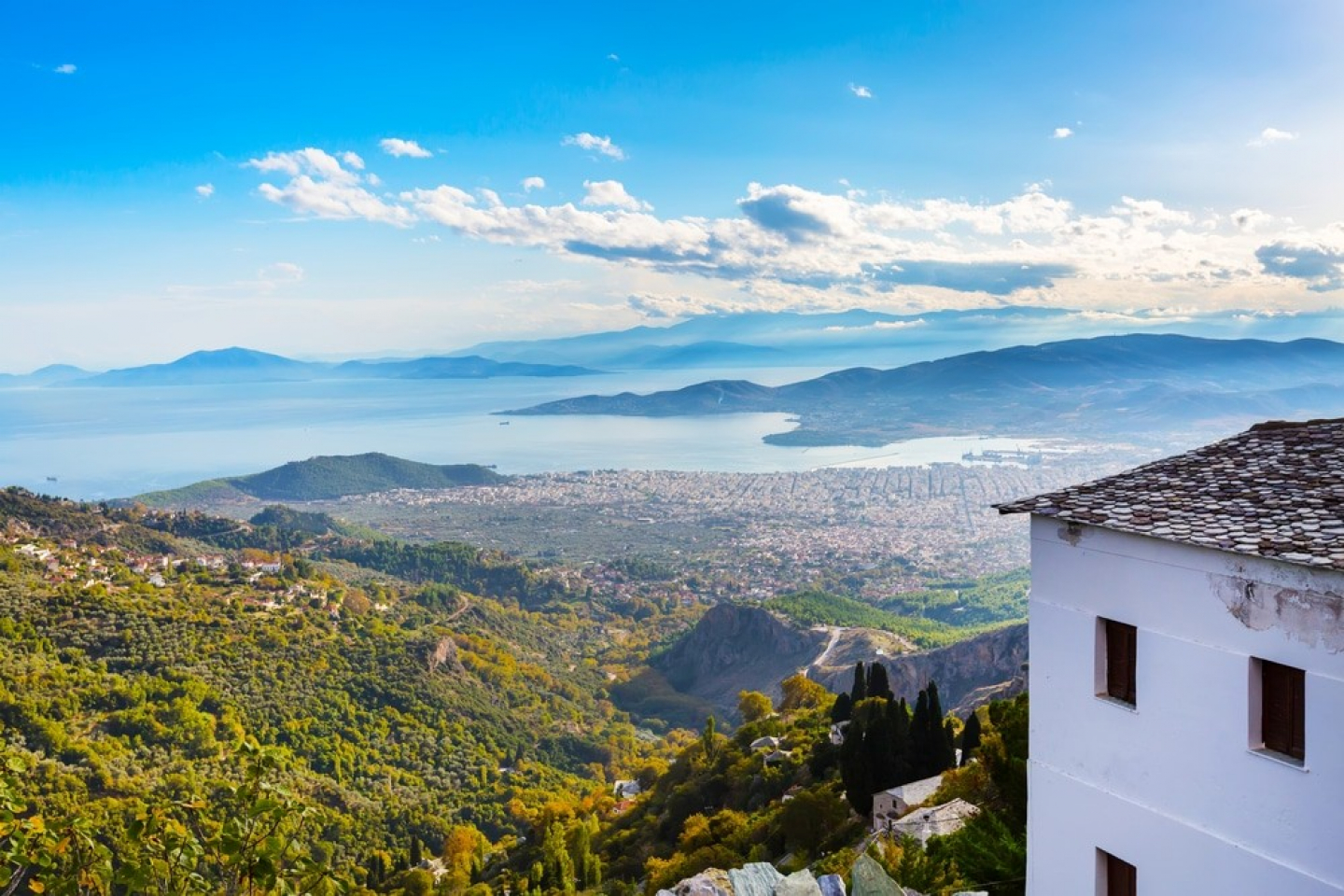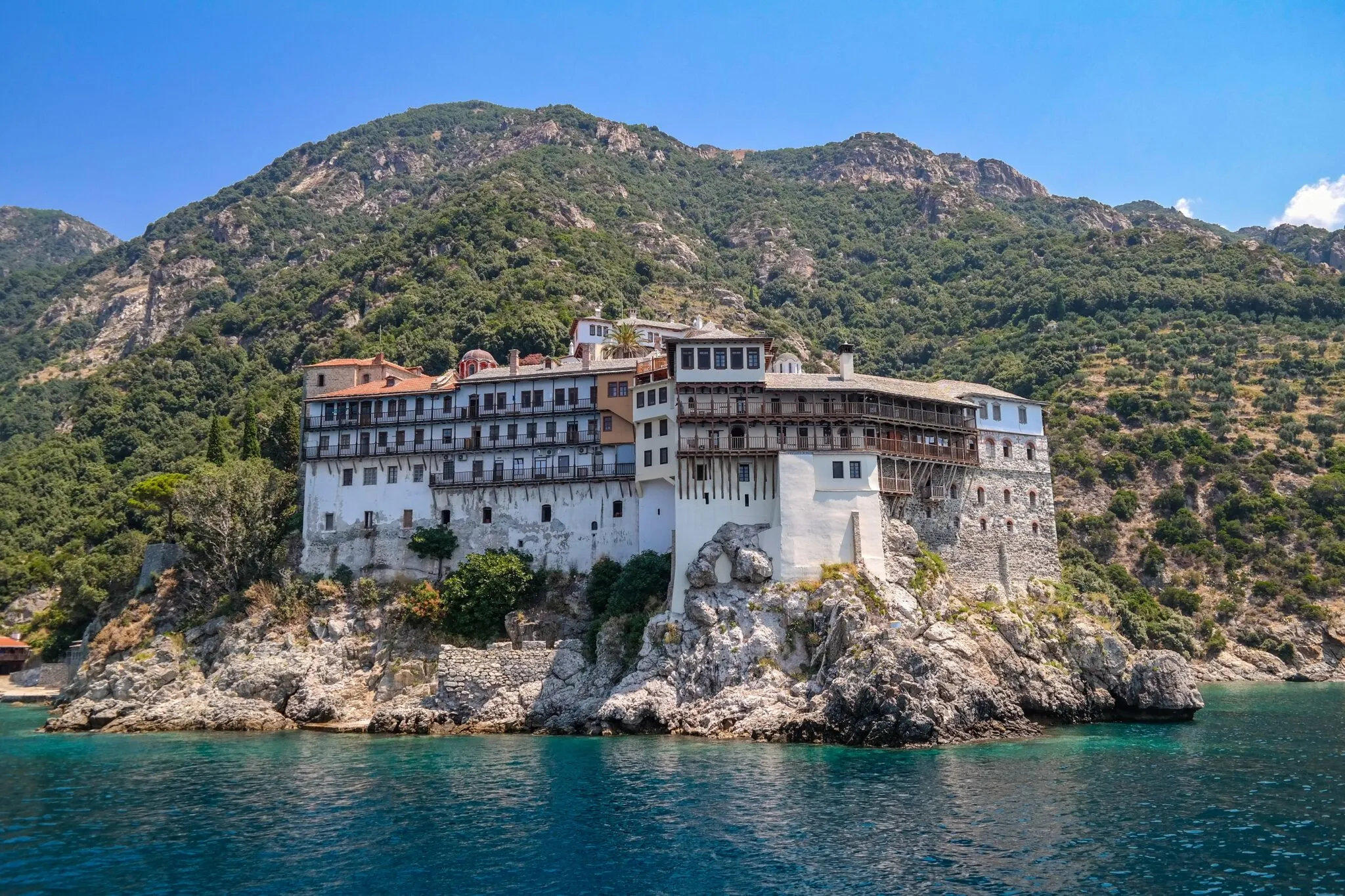LITOCHORO – DION – OLYMPUS (6 – 7 hours)
Litochoro is built on the slope of the highest peak of Mount Olympus (Mytikas, 2,918 meters), yet it is only a few kilometers away from the sea, making it an ideal destination all year round! The picturesque village stands out for its traditional Macedonian-style architecture and the rich vegetation that surrounds it, creating a harmonious aesthetic appeal. It is a significant tourist resort with excellent hotel infrastructure and is the most common starting point for mountaineering expeditions on the “mountain of the gods.”
Mount Olympus is the tallest mountain in Greece, globally known mainly for its mythological significance, as it was believed to be the residence of the Twelve “Olympian” Gods according to ancient Greek religion. It is also the second-highest mountain in the Balkans after Rila in Bulgaria. Its compact mountain massif lies on the border of Macedonia and Thessaly, with a series of tall peaks surrounding deep ravines, creating a region of exceptional biodiversity. To protect the area, it was declared the first National Park of Greece in 1938, while later the Greek Ministry of Culture declared Olympus an archaeological and historical site due to its scattered monuments.
Dion was an ancient city of strategic importance and one of the most famous Macedonian states. The geographical location of ancient Dion is located on the eastern slopes of Olympus, where the homonymous village is today. As mentioned by Strabo and Livy, Dion was “not a city on the coast of the Thermaic Gulf but in the foothills of Olympus, about seven stadia away.” The first written reference to Dion is found in Thucydides, who mentions it as the first city crossed by the Spartan general Brasidas in 424 BC.
The city seems to have been founded by the Perrhaebians of Thessaly, in honor of Zeus (according to the historian Dimitzas). The name of the city is attributed to Zeus. Every year, the “Dionysia” were celebrated, with the center being the temple of the father of the gods. Athletic competitions, the “Olympics at Dion,” and victorious festivals and sacrifices were also held in Dion. The inhabitants of the area were also called Dionians. The first month of the Macedonian year was named Dios. The city was also associated with Orpheus, as one tradition states that he was killed by Dionian women, and his bones were placed in that location.






